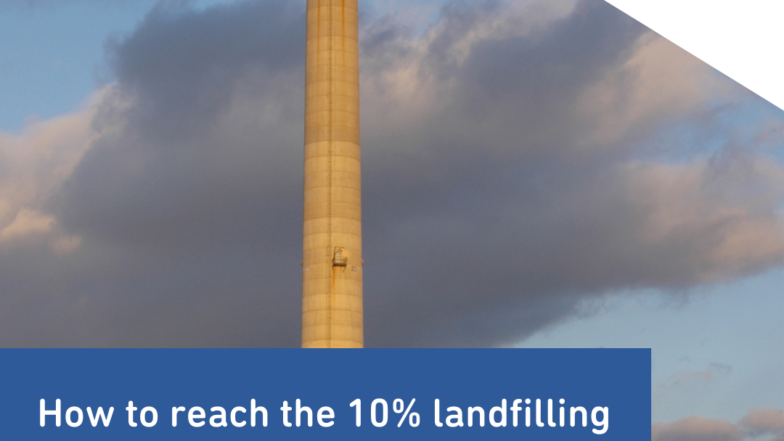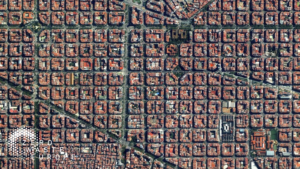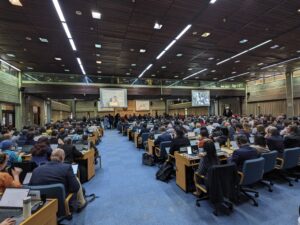How to reach the 10% landfilling goal without waste incineration?

On September 4th, our member Zero Waste Latvija joined forces with Zaļā Brīvība to organise a webinar on how Latvia could reach the EU 10% landfilling target while avoiding waste incineration.
The new Landfill Directive, part of the Circular Economy Package adopted in 2018, obliges Member States to limit the amount of municipal waste due to be landfilled to 10% or less of municipal waste generated at any given year by 2035. Meeting the target is extremely challenging, and the way it’s defined and calculated (in any given year and defined as a percentage) may cause unwanted consequences.
One of those potential consequences could be a move to invest in waste incineration so as to minimise landfilling.
Yet, this action contradicts the overarching principles of the EU Circular Economy Agenda and could consequently create a lock-in situation.
“With waste compelled to go to incineration, rather than reuse or recycling, it would contravene the principles and strategic goals of the Circular Economy Package, which gives a clear priority to reducing waste and maximising material recovery”
Janek Vähk, Climate, Energy and Air Pollution Coordinator, Zero Waste Europe
In this context, our Climate, Energy & Air Pollution Coordinator, Janek Vähk, shared his skills and expertise on Material Recovery & Biological Treatment (MRBT) – a new strategy to better manage residual waste in line with the requirements of the circular economy agenda.
Watch the webinar recording:
Learn more about the EU 10% Landfill target in our policy briefing.
Learn more about Material Recovery & Biological Treatment in our latest report.


